Data Loss Prevention (DLP) solutions are essential in safeguarding sensitive data from breaches and unauthorized access, ensuring compliance with industry regulations while maintaining trust.
DLP solutions offer comprehensive data protection by monitoring, detecting, and blocking potential data breaches before they occur. By integrating with existing IT infrastructure, they provide visibility into data usage and movement across networks. These solutions are designed to be scalable and flexible, allowing organizations to tailor settings according to specific security policies and compliance needs. Users highlight the importance of continuous updates to address emerging threats and maintain robust data protection.
What are the key features of DLP solutions?DLP solutions are implemented across industries such as finance, healthcare, and education, where protecting sensitive customer data is crucial. In finance, they help prevent data breaches of transactional data and comply with regulations like PCI DSS. In healthcare, they ensure patient data is secure and meet HIPAA requirements. Education sectors use DLP to protect student and research data from unauthorized access.
Organizations benefit from DLP solutions as they ensure secure data handling, compliance with regulations, and maintain trust by preventing unauthorized access to sensitive information.
| Product | Market Share (%) |
|---|---|
| Microsoft Purview Data Loss Prevention | 12.6% |
| Forcepoint Data Loss Prevention | 8.5% |
| Varonis Platform | 5.9% |
| Other | 73.0% |



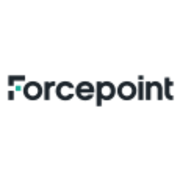


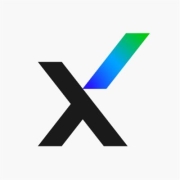
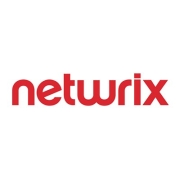





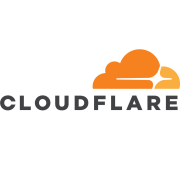










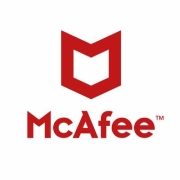
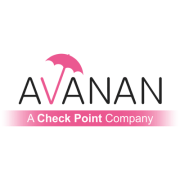

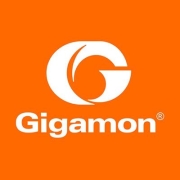
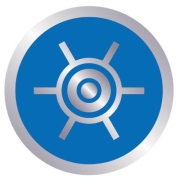





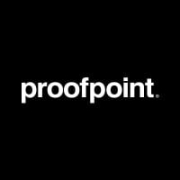
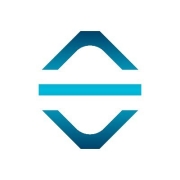


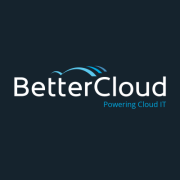
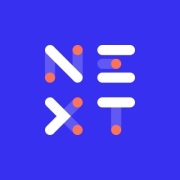
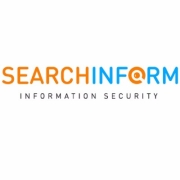


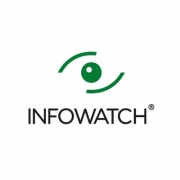




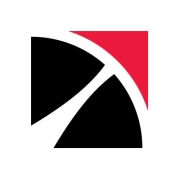




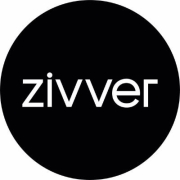
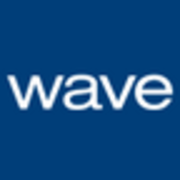

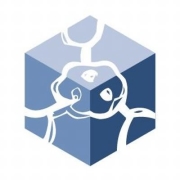


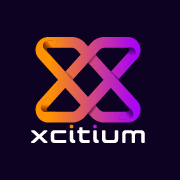

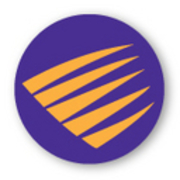
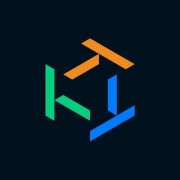


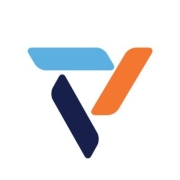


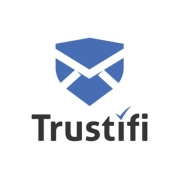





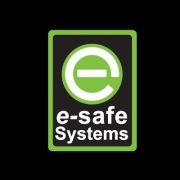
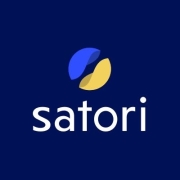


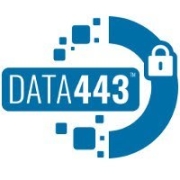
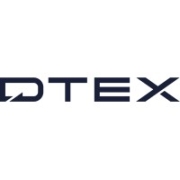














The terms “data leak” and “data loss” are often used interchangeably. However, while data loss prevention focuses on the prevention of data being lost or stolen by someone outside of the organization, data leakage includes the risk of data flowing between your organization’s critical systems, such as human resources or CRM. When data is leaked, it is not necessarily lost.
Other associated terms include information leak prevention (ILP), information leak detection and prevention (ILDP), information protection and control (IPC), content monitoring and filtering (CMF), and extrusion prevention system (EPS).
There are three types of data loss prevention (DLP):
Data loss prevention (DLP) tools monitor, detect, and block the transmission of sensitive data while it is in use, in motion, and at rest, in order to ensure that your organization’s data is not misused, accessed by unauthorized users, or lost (inadvertently or maliciously). They do this by providing visibility into your company’s data landscape, its patterns of utilization, and correlations with other enterprise systems, instituting measures to ensure that your company has consistent access to all of its data and to ensure that data’s integrity.
DLP solutions help prevent data breaches by monitoring and controlling data flows across your networks, devices, and cloud services. They utilize policies to detect and block unauthorized access or transfer of sensitive data, ensuring only authorized personnel handle critical information. By employing DLP solutions, you can proactively identify vulnerabilities and implement measures to prevent potential data breaches.
What industries benefit most from DLP solutions?Industries that handle sensitive data, such as healthcare, finance, and legal services, benefit significantly from DLP solutions. These sectors manage a high volume of confidential information and are subject to stringent regulatory compliance. Implementing DLP ensures data integrity and protection from cyber threats, safeguarding both business operations and client trust.
How does DLP integrate with existing IT infrastructure?DLP solutions can seamlessly integrate with your existing IT infrastructure by using APIs, cloud connectors, and network overlays. Modern DLP tools are designed to work with a variety of environments, including on-premises and hybrid cloud setups. This integration ensures comprehensive data protection without disrupting your current operations or requiring a complete overhaul of your systems.
Why is content awareness crucial in DLP?Content awareness is crucial in DLP because it enables the identification and categorization of sensitive information. By understanding the context and type of data being handled, DLP solutions can apply specific security policies effectively. This enhances data protection by ensuring that files and communications containing sensitive content are appropriately monitored and controlled.
What role does DLP play in compliance?DLP plays a critical role in compliance by helping you meet regulatory requirements related to data protection. By implementing DLP measures, you can monitor and control data usage to ensure adherence to laws such as GDPR, HIPAA, and PCI-DSS. DLP provides the tools to audit data movements and generate reports, demonstrating your commitment to compliance and reducing the risk of penalties.